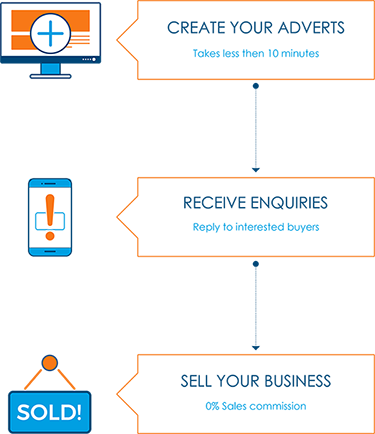DIY Self-Assessment Tax Returns

Maximise your earning potential by valuing your worth and managing projects the way you work best. Yet, as you’ll be aware, it comes with obligations, not least of which is the Self-Assessment tax return that rolls around annually. The end of any financial year is a stark reminder that it’s time to start collating your accounts, and it’s never too early to start preparing for your tax return.
You don’t need an accountant to help you do this. Taking the DIY approach is easier than you might think, and you can save on average £250 by doing it yourself. To help you get started, follow these top tips on filing your Self-Assessment:
1. Stamp out missed allowances
It’s easy to lose track of your outgoings when managing multiple projects. However, if you want to minimise your tax bill, it’s vital to keep a record of all eligible tax breaks. Materials, tools, uniforms, mileage and safety wear are just some of the expenses you could claim back. Backdate these by going through your bank statements, emails and receipts, to ensure you’ve not missed any allowances.
2. Store your receipts digitally
Monitoring your expenses is much easier when you have the right tools for the job. By going digital with your receipts, you can record your purchases in a single place, eliminating the risk of losing or forgetting about your paperwork.
The SimpleTax app allows you to take a picture of your receipt and upload it straight to your tax return. So when you’re popping into your local trade supplier, or filling up at a petrol station, you can instantly log your expenses on the go.
3. Complete your return online

If you still use paper forms to complete your Self-Assessment, it’s time to switch to online submissions. The government will be phasing out physical returns in 2018, but you stand to benefit from making the transition sooner rather than later.
While the deadline for paper tax returns is the 31st October, online returns don’t have to be submitted until the 31st January, giving you more time to set your finances in order. It also saves postage fees and offers a more convenient way to complete your form.
4. Cut out complicated jargon
Feel baffled by the complex layout and unnecessary jargon used by HMRC? There is an easier way to submit your Self-Assessment. SimpleTax streamlines the whole process for you, with support at every step to ensure your tax return is accurate and your associated bill as low as possible. Approved by HMRC, it’s a cost-effective alternative that will make managing your tax obligations simple.
We hope these tips give you the confidence you need to take the DIY approach to your tax return. For more information, and to claim a 15% discount on SimpleTax, visit gosimpletax.com/daltons and use discount code DALTBST17. And once you’ve subscribed, don’t forget to download the app to record your expenses and receipts ready for next year’s Self-Assessment deadline!
And don’t forget to check out the latest businesses for sale on Daltonsbusiness>>


